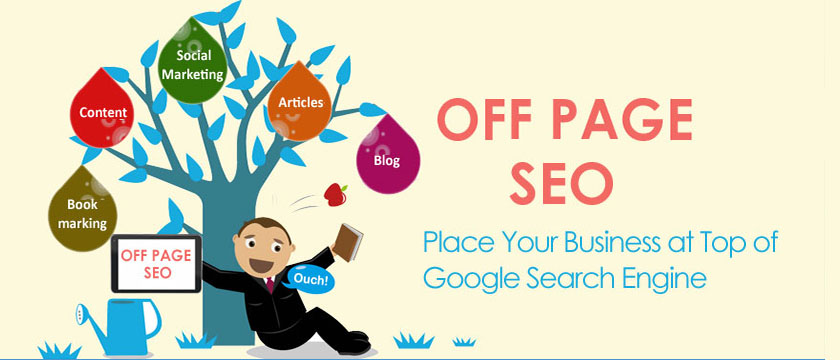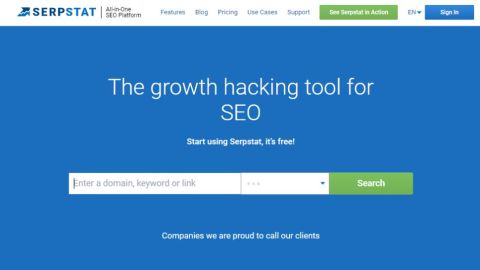
The same SEO strategies used for desktop computers can be applied to mobile optimization. For search engine optimization, it is important to include the most relevant keywords in both your title tag (meta description) and your title tag (title tag). In addition, you should include a short call-to-action (CTA) in your meta description to encourage click-throughs. You can grab their attention by using emojis or relevant keywords in your content.
User-friendly content
Optimizing your website for mobile users requires a few additional steps. The first is to make your website mobile-friendly. Avoid crawl errors on your website and put emphasis on the user experience. Make sure to remove Adobe Flash from your site, as many mobile devices do not support it. Clear and simple navigation is important, so make sure you have large tap targets. Your text should be large enough to read and in a legible font. Because mobile users are more likely to search for information on the internet, your content should be optimized for them.
Page speed
Mobile devices offer a completely different experience than desktops. Users expect information to be available right away, so a slow site is likely to cause them to bounce. Mobile speed optimization is crucial. Use tools like Google PageSpeed Insights to check your page speed across various devices. A mobile-friendly site will load quicker for mobile users and offer higher conversion rates.

Canonical tags
Canonical tags can make duplicate content worse. This is one of the biggest mistakes. The redirect URL is the actual target and should not contain duplicate or similar content. Some SEOs mistakenly pass link signals with canonical tags, but this is not the best way to go about it. Continue reading to find out how to use canonical tag in your SEO strategies to mobile devices.
Relevant keywords
Local keywords are vital to any SEO strategy for mobile websites. These keywords can help boost your website's local ranking and can easily be found using keyword research tools such as Keyword Intelligence. To find untapped local keyword opportunities, simply choose your location and language, and the tool will present you with a list of relevant local keywords. Be aware that local search volume is different from location to location. Make sure you are targeting the right keywords for your location.
Google SERPs Featured Snappets
Featured snippets (also known as search engine result pages or SERPs) are the content that appears at top of search engine results page (SERPs). These snippets provide answers to users' most pressing questions. Typically, these snippets contain relevant content from top-ranking web pages, making them ideal for reducing clicks. A featured snippet can be a great way for your website to get started in SEO.

FAQ
How do I start SEO for my website?
The first step towards getting a Google ranking is understanding what they are looking for when someone searches for your company name or products on search engines like google. This guide will assist you in writing content that Google ranks high. Also, check out our content marketing guides.
To start, you'll want to create a plan and think about what kind of keywords you want to target. There are two types of keywords: broad keywords (like "digital marketing") and specific ones (like "seo").
You'll then need to decide on a few goals - driving leads, increasing brand awareness, or boosting sales.
Once you have your objectives defined, you are now ready to start writing content. You can find some helpful tips here on writing content for SEO.
After you have written your content, it is time to post it to your website or blog. If you have a website, this might involve updating existing pages. If you don't have a website, you will need to hire someone who can design one.
Link to your content on blogs and other relevant websites once you've published it. This will increase your content's visibility and allow it to be seen more widely.
How often should my website be updated?
Updating your site regularly can improve its rankings. You don't always need to update your site. You may not have to update your content if it's already good.
Why Should I Use Social Media Marketing
Social media marketing is an excellent way to reach new customers or build relationships with your existing customers. You can build a community by sharing interesting articles and engaging in comments and likes with others. This makes it easier for potential customers to find you online.
Why SEO strategy is essential?
SEO (search engine optimization) has the main purpose of increasing traffic to your website by getting as many people to find you using Google.
Search engines like Google, Yahoo! and Bing store information about websites on servers known as crawlers. These crawlers send the data back to the central database. This allows them index web pages for search purposes.
You will get more visitors to your site if it appears higher in the search results. Therefore, you won't be found if you are not visible in these searches.
To ensure that your website is found by search engines, ranking high on all major search engines is the best method. This can be achieved using one of two methods: paid advertising, or natural organic linking.
Paid Advertising – Paid advertising is when companies pay per click to have their ads appear higher than other sites in search results. These ads can include text ads, banner ads, pop ups, ecommerce widgets, and more.
Natural Organic Links - Natural organic links are those where you have built an excellent site over time and earned your industry's trust. Link building takes place naturally. This can be done through blogging, guest post, commenting, linking, and many other activities.
You must continually invest in both types of marketing to stay ahead of your competition.
Statistics
- 93%of online experiences today begin on search engines. (marketinginsidergroup.com)
- Which led to a 70.43% boost in search engine traffic compared to the old version of the post: (backlinko.com)
- 64% of marketers actively create SEO campaigns because they help hit multiple key performance indicators (KPIs), including increasing traffic, helping your site rank for relevant keywords, improving your conversion rate, and much more. (semrush.com)
- Sean isn't alone… Blogger James Pearson recently axed hundreds of blog posts from his site… and his organic traffic increased by 30%: (backlinko.com)
- These guides are designed and coded 100% from scratch using WordPress. (backlinko.com)
External Links
How To
How can I tell if I'm doing SEO well?
There are many indicators that will help you determine if you're doing great in SEO.
-
Your bounce rate should not exceed 30%. Users will leave your website without clicking on any other links. High bounce rates indicate that your audience isn’t confident in your brand or doesn’t care about what you sell.
-
People visit multiple pages on your site - this shows that visitors are engaging with your site and finding something useful.
-
Your conversion rate is improving - your audience has become aware of your product or service and wants to buy it.
-
Your average site time is increasing. Visitors spend more time reading your content.
-
Increased traffic from search engines is a sure sign you're doing excellent SEO.
-
You're getting more shares on social media - this shows that your content is being shared by others and reaching audiences outside your follower base.
-
You're getting more comments on forums - this shows that people respond positively to your work.
-
Engage more with your website by getting more likes (tweets), shares, likes, and likes for posts.
-
Your rank is increasing in SERPs, showing that your hard work is paying off.
-
You are getting more leads from your website. This is an indication that people have found you website organically, and are now contacting me.
-
You are seeing an increase in sales - this means that people who visited your site looking for your products or services are purchasing them.
-
You get more views and comments on your blog posts, which means that people find your content useful and interesting.
-
More subscribers mean more customers to your email list. This shows that people are able to trust you enough to sign up for updates about your company.
-
Sales are rising - this shows that people like you and your products so much that they are willing to pay for them.
-
You have more followers on social media, which is a sign that your followers share your content and engage in your brand.
-
This means that journalists are talking more about your brand online. This can increase your company's visibility and your reputation.
-
This indicates that other companies have also recommended your brand.
-
Your website is popular because people keep coming back to it. This indicates that customers are happy and will continue to come back for your services.
-
Your competitors are losing ground. This is because they didn't spend as much on their SEO campaigns, which makes them look bad.
-
Your brand image is changing. This indicates that your brand popularity is growing among a new customer base.